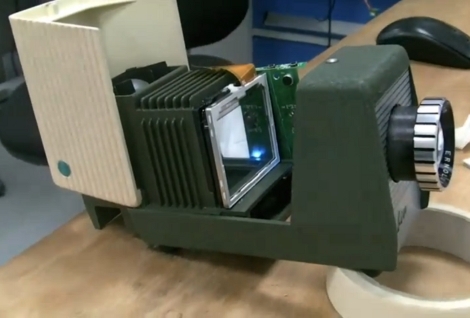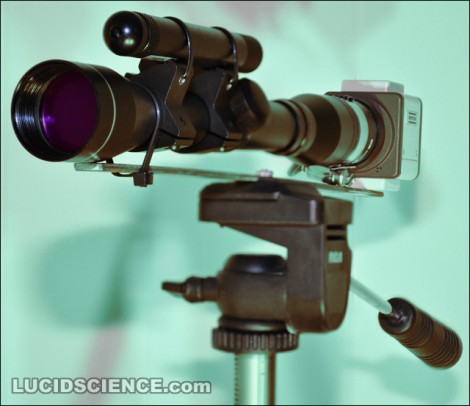
Here’s a video projector that [Matt] hacked together. He needed a small and inexpensive solution to use with his R2D2 build. As you can see in the video after the break, it has no problem playing back the Princess’ distress call. But even if R2D2 is not one of the droids you’re looking for, we think this can be useful in other ways. One use that pops into mind is for projector-based Halloween displays.
As with past projector hacks, all you really need to pull this off is a light source, an LCD screen on which you can playback video, and a lens to focus the light onto a screen. Usually the LCD is the most expensive part of the project and building an enclosure to the correct dimensions can be a bit difficult. [Matt’s] solution was to use an MP4 knockoff media player. The rest of the setup is a ’50s era slide projector. The screen from the media player is about the same size as a single film slide, so he removed the screen from the case and put it where the slides go.
Continue reading “Video Projector From An Old Single-slide Unit”
















